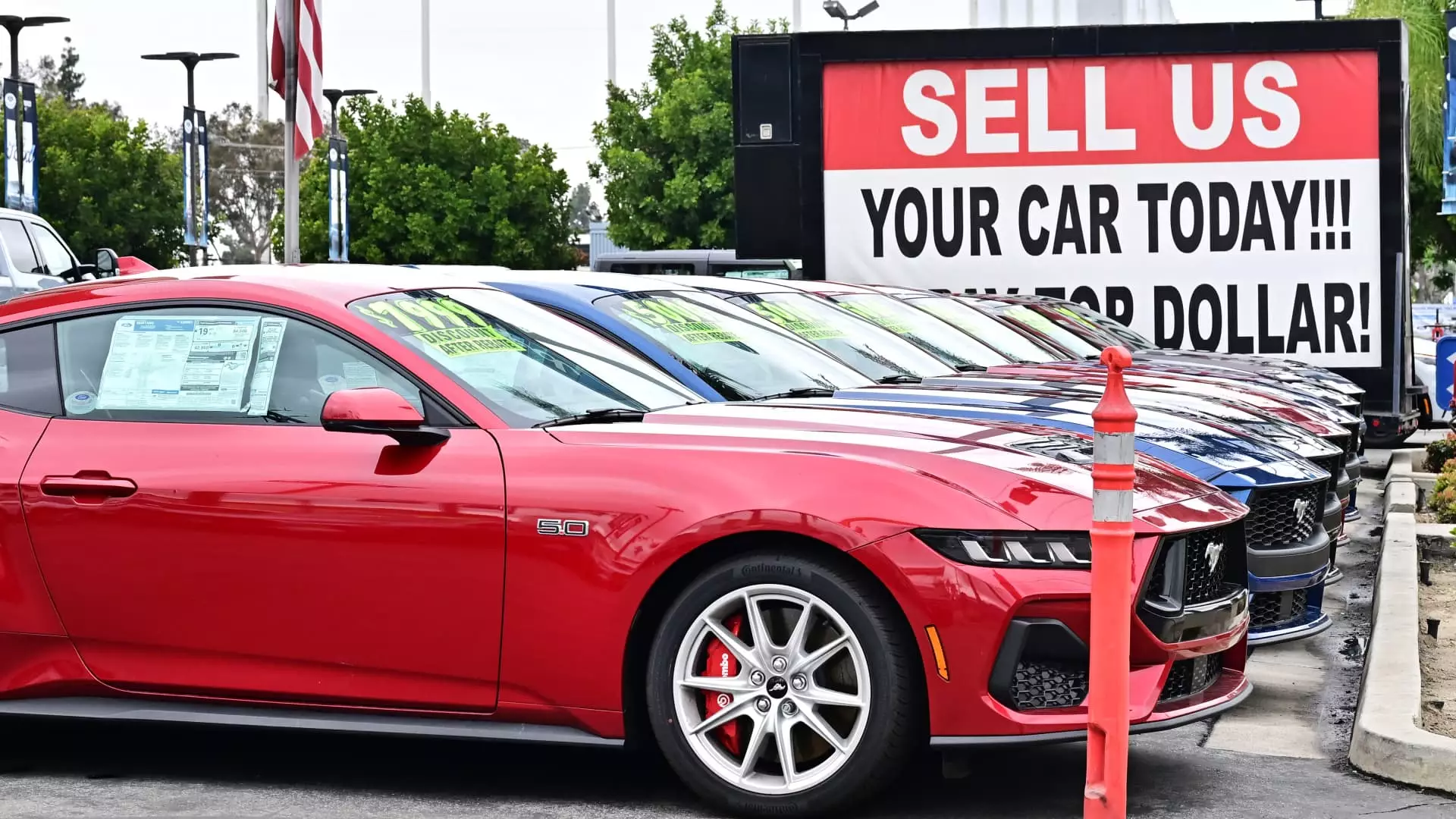The used vehicle market has recently experienced a notable dip in prices, with May seeing a 1.5% decline compared to the pinnacle reached in April. This decrease, albeit slight, indicates a precarious balance in a market that consumers have been desperate to navigate amid rising costs and tariffs. Specifically, proprietors of used vehicles must brace themselves, as the fluctuations in prices highlight the volatility that the sector is currently facing. While prices remain 4% higher year-over-year, this minimal reduction in May raises questions about the sustainability of a market heavily influenced by external factors, such as tariff regulations and production delays.
The Impact of Tariffs and Supply Challenges
Despite the indirect nature of the effects from President Trump’s 25% tariffs on new imported vehicles, the used vehicle sector feels the ripple effects acutely. New vehicle prices rise, which in turn fuels demand for their preowned counterparts. Moreover, with the pandemic causing disruptions in production and a staggering global supply chain crisis, the inventory levels for used vehicles remain unnaturally low at 2.2 million units. This situation creates a pressure cooker environment for buyers already hesitant to make large purchases, fearing further price escalations due to fluctuating market dynamics.
Consumer Behavior in a Fluctuating Market
The consumer psychology behind this market is particularly fascinating. Last month, despite rising prices, buyers rushed to purchase vehicles, driven by a fear of potential tariffs. This buying frenzy no doubt cushioned the blow from the decreasing prices in May but highlights a troubling trend where consumers are pushed into making financial decisions based on fear rather than informed choice. This behavior indicates that buyers are still wary of how external economic factors can imperil their purchasing power. It is disheartening to realize that consumers may feel they have no choice but to act impulsively, leaving them vulnerable to the unpredictable nature of the market.
Future Outlook: Uncertainty Ahead
As we move further into 2024, Cox Automotive has suggested that used vehicle prices are stabilizing after years of wild fluctuations. However, one must question whether this stabilization is genuinely sustainable. The ever-rising cost of new vehicles coupled with the uncertainties surrounding production and global supply chain recoveries creates an environment fraught with tension. The potential for further price hikes looms large, compelling consumers to rethink their long-term planning when it comes to vehicle ownership.
In this turbulent landscape, aspiring car buyers ought to remain cautious and critical, discerning what is best for their financial futures rather than succumbing to a reactive mindset bred from fear. Rather than celebrating a temporary respite in prices, stakeholders should prepare for the reality that, without substantial changes in policy or production practices, a more secure future for the used vehicle market remains elusive.

